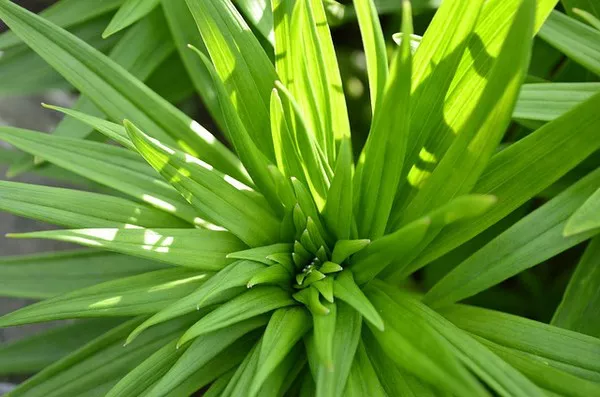The lockdown era has sparked a flourishing trend among Brits, leading to a significant revival of houseplants and green foliage. With increased time spent indoors, a growing number of individuals are on a mission to bring the serenity of the outdoors into their homes, adorning living spaces with soothing colors and greenery reminiscent of the 70s interior design style. This burgeoning trend has resulted in an impressive surge in demand for houseplants, with Tesco reporting an astounding 130 percent increase since 2019.
Vicki l’Anson, Tesco Plants Buyer, attributes the surge to the initial months of lockdown when people found solace in transforming their indoor spaces due to restricted outdoor activities. She notes, “The trend caught on quickly as individuals showcased their homes adorned with houseplants on social media. Importantly, it’s also good news for our partnerships with UK growers, as we’ve been working together to meet the increased demand with brilliant British-grown plants.”
The positive impact of this trend extends to UK plant growers, with companies like Bury Lane, a major peat-free grower near Royston, Hertfordshire, adapting to the demand shift. Formerly dealing primarily in cut flowers, such as lilies, peonies, and agapanthus, Bury Lane redirected its indoor production facilities to focus exclusively on houseplants, now producing over 500,000 annually.
Will Clayton, Managing Director of Bury Lane, attributes the boom to a broader environmental consciousness, particularly among younger demographics keen on cultivating indoor gardens. He notes, “The big consumer focus in home plants right now is the leaf rather than the flower, with younger people, especially, being interested in building their own indoor gardens with evergreen plants.”
In response to the trend, Bury Lane’s subsidiary, Geb & Green, earned accolades with a Gold Medal at the Chelsea Flower Show and the Best House Plant Studio award. The trend reflects a broader societal shift, where individuals, particularly those without outdoor gardens, are turning to houseplants as an easy and affordable means of enhancing their living spaces. Clayton adds, “With interest rates high right now, we’re seeing younger people who are waiting to get on the housing ladder wanting to make their accommodation as appealing and interesting as possible.”
This surge in interest not only signals a change in interior aesthetics but also underscores the role of social media as a platform for sharing and seeking inspiration. Houseplant enthusiasts are increasingly showcasing their indoor green sanctuaries, creating a virtual community that adds to the momentum of this botanical revival. As the trend continues to grow, it not only transforms living spaces but also cultivates a sense of environmental consciousness and creativity among individuals across the United Kingdom.


